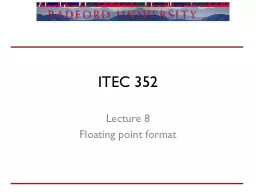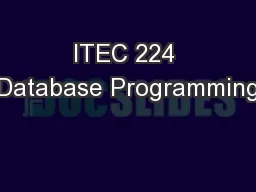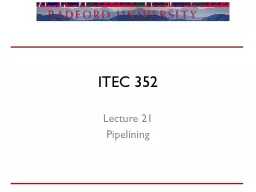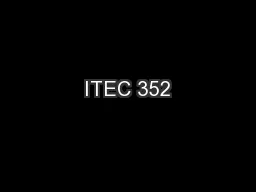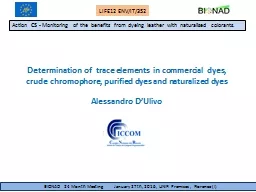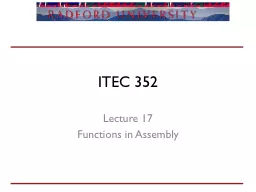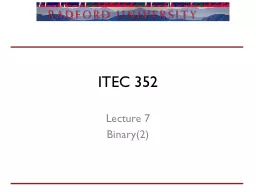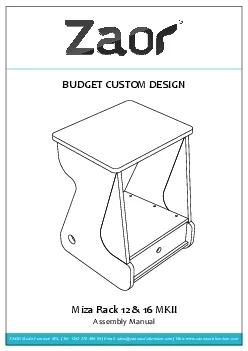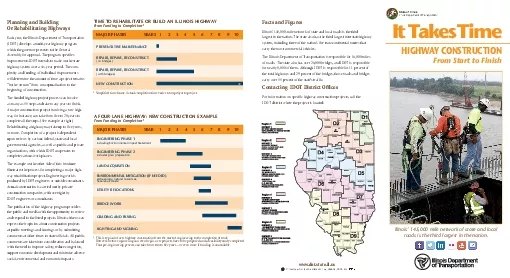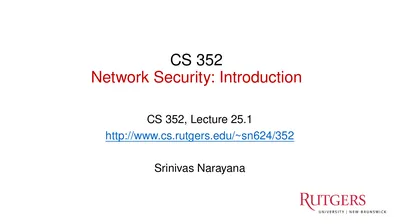PPT-ITEC 352
Author : tawny-fly | Published Date : 2016-04-20
Lecture 8 Floating point format Review Twos complement Excessive notation Introduction to floating point Outline Floating point conversion process Standards What
Presentation Embed Code
Download Presentation
Download Presentation The PPT/PDF document "ITEC 352" is the property of its rightful owner. Permission is granted to download and print the materials on this website for personal, non-commercial use only, and to display it on your personal computer provided you do not modify the materials and that you retain all copyright notices contained in the materials. By downloading content from our website, you accept the terms of this agreement.
ITEC 352: Transcript
Download Rules Of Document
"ITEC 352"The content belongs to its owner. You may download and print it for personal use, without modification, and keep all copyright notices. By downloading, you agree to these terms.
Related Documents

